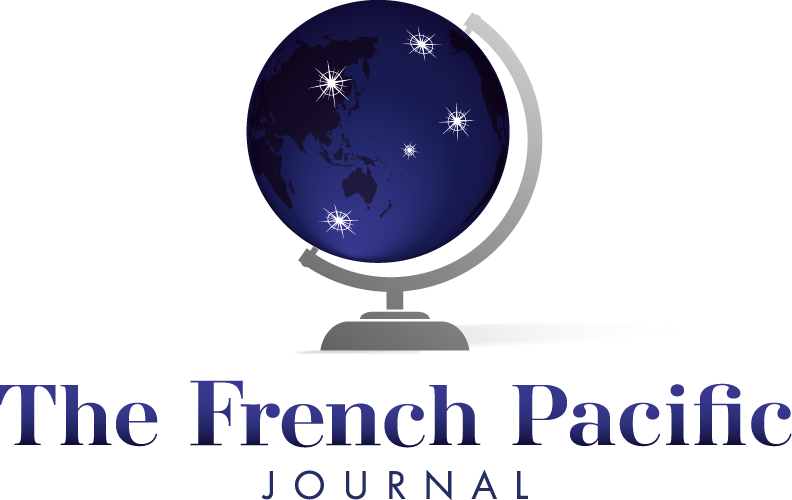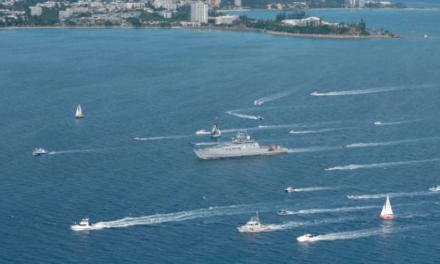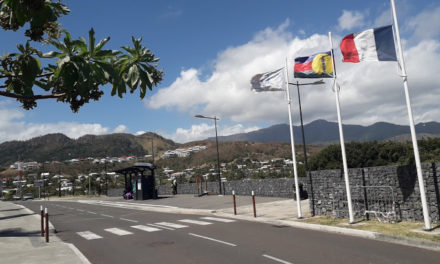The New Caledonian government has created new marine reserves in the Coral Sea Natural Park.
The New Caledonian government has decided to create new marine reserves in the Coral Sea Natural Park. There will now be an additional 100,000 km2. The surface area of New Caledonia’s reserves is now 136,830 km2. That’s 10% of its maritime area.
This decision was taken after extensive work by scientists. In particular, they took into account the reproduction of marine fauna (including humpback whales) and the feeding grounds of birds. The Norfolk ripple, the south of the Fairway basin, the d’Entrecasteaux ripple, the New Hebrides trench and Walpole Island have thus become nature reserves, with access subject to authorisation. Capel Bank has been classified as an integral reserve. Access is prohibited except for scientific purposes. The Bellona nature reserve and the d’Entrecasteaux atolls have now become integral reserves.
New Caledonia wants to be a model in the Pacific
The government of New Caledonia wants to make the Coral Sea Natural Park a model for the preservation of biodiversity worldwide. The aim is to create ecological corridors with neighbouring Australia, Fiji and the Solomon Islands. In the years to come, there could be large protected areas in international waters.
Names in the Kanak language
There is also a cultural aspect to this p
roject. Names in the local language will be chosen for several of the park’s reserves. The customary authorities will be involved in choosing the names. The Walpole Island reserve has already been renamed “La Monique – Walpole Island”, in memory of the disappearance of the coastal vessel in 1953, when 126 passengers went missing.




